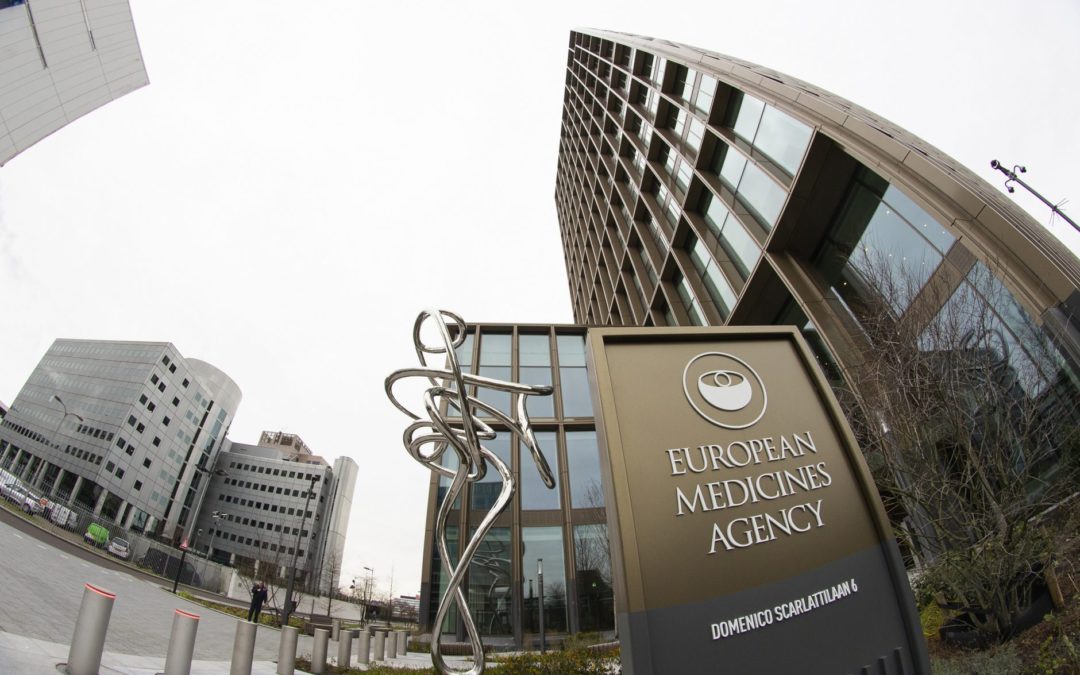
EMA Regulation of Cell and Gene Therapies (CGTs)
Cell and Gene Therapy products and other Advanced Therapy Medicinal Products (ATMPs) have to comply with European Medicines Agency (EMA) legislation at different stages of the development process, including Good clinical practice (GCP), Good manufacturing practice (GMP) and Good Laboratory Practice (GLP) requirements. Potential new Cell and Gene Therapies or Advanced Therapy Medicinal Products firstly require laboratory tests and clinical trials to evaluate their benefits and side effects. Understanding the EU legal and regulatory framework, providing details of the benefits and risks of the products and obtaining approval from regulatory authorities for their use is therefore essential to providing the best possible treatments for end users. So this article will cover the basic EMA regulation of Cell and Gene Therapies (CGTs).
Research and development of Cell and Gene Therapies:
- EMA supports advanced therapy developers with a range of advisory services and incentives. For the scientific guidance, please refer to Guidance of Gene therapy medicinal products and Guidance of Cell-therapy and tissue engineering.
Tissue procurement, CMC and GMP manufacturing:
- For the procurement, donation and testing of CGT and other ATMP products using substances of human origin, such as blood, tissues and cells, reference is made to Directive 2002/98/EC and Directive 2004/23/EC, as well as their subsequent production Directive 2001/83/EC and GMP guidelines to ATMPs.
- For GCP principles and detailed guidance on investigational medicinal products for human use, please refer to the draft GCP detailed guidance for ATMPs and Directive 2005/28/EC.
- For GLP principles related to CGT and other ATMP products, see GLP requirements for ATMPs.
Marketing authorisation and Post-authorisation (Pharmacovigilance for ATMPs):
- The three EMA Scientific Committees involved in the evaluation are the Committee on Advanced Therapeutics (CAT), the Committee on Medicinal Products for Human Use (CHMP) and the Pharmacovigilance Risk Assessment Committee (PRAC), each with different roles and responsibilities, whose evaluation procedures can be found in Procedural advice on the evaluation of ATMPs.
- For pharmacovigilance, risk management plans, authorised CGT and other ATMP products safety and efficacy follow-up, and clinical follow-up of patients, see Guideline on safety and efficacy follow-up – risk management of ATMPs.
Learn more about our cell and gene therapy services by clicking here:
Find us on LinkedIn
Contact: info@hitech-health.com
